Administrators from Notre Dame College in Ohio have declared the impending closure of the century-old Roman Catholic institution at the end of the current semester.
The school has been facing financial challenges, and their decision to close has raised concerns within the higher education community
Administration Makes Teach-Out Agreements for Student Body

Notre Dame College has made collaborative efforts to ensure a smooth transition for affected students.
Due to forward-thinking from the administration, the college has proactively established Teach-Out agreements with neighboring colleges and universities, which demonstrates their commitment to mitigating the impact on its student body.
President Resigns, Notre Dame College’s Debt Exceeds $10M

The abruptness of this decision, following the resignation of President J. Michael Pressimone in November, startled the community and ignited speculations about the institution’s financial health
In response, the college asserted its commitment to its century-old mission and the welfare of its students, attempting to allay concerns. But beneath these reassurances persists a stark financial reality–Notre Dame College was burdened by a debt exceeding $10 million.
Notre Dame Failed to Absorb into Cleveland State University
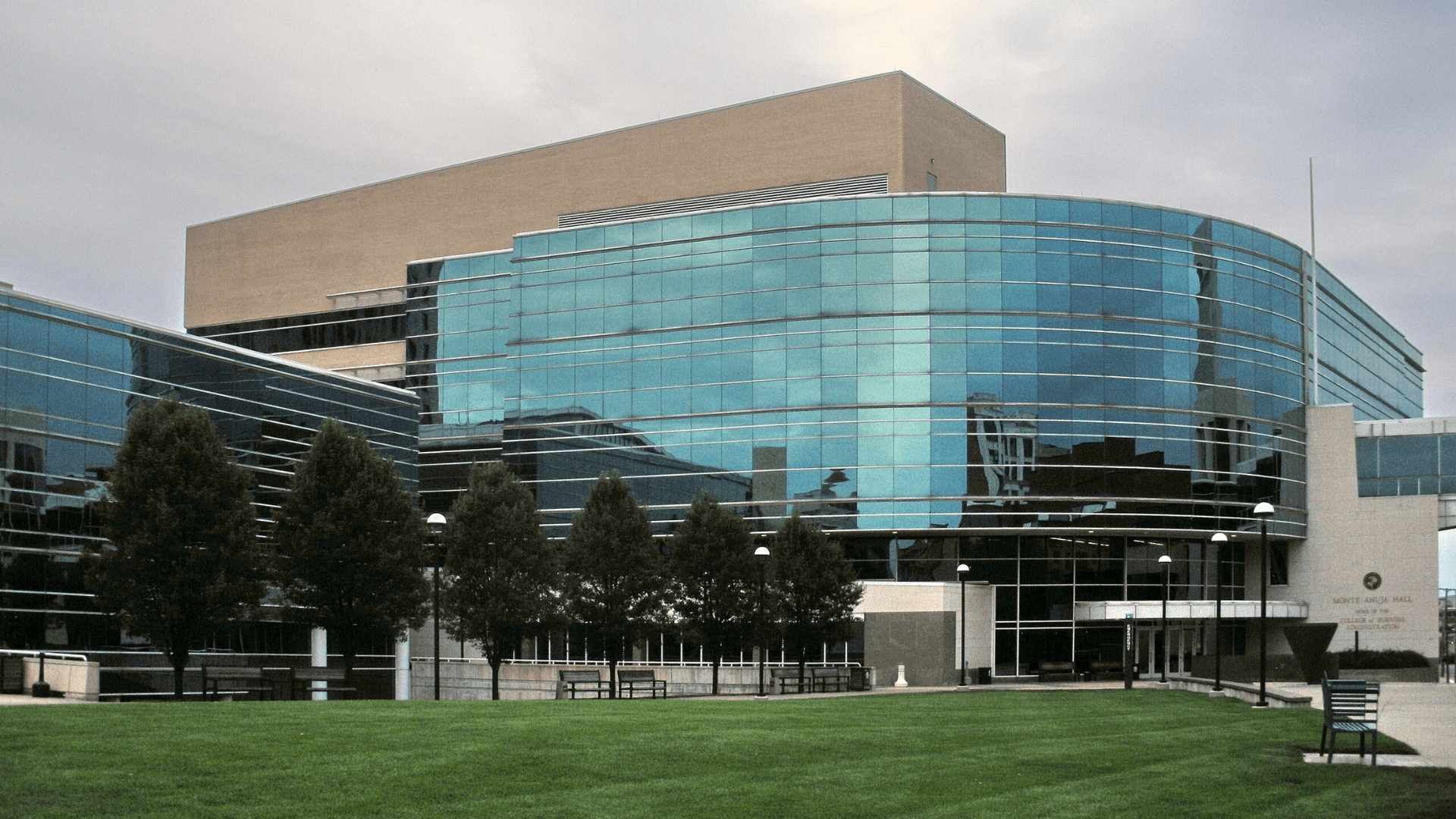
Efforts to salvage the struggling institution included exploring possibilities of absorption into Cleveland State University, but these attempts proved futile, leaving NDC with limited options.
The magnitude of the financial challenge became insurmountable, culminating in the difficult decision to cease operations.
Declining Enrollment Partly to Blame
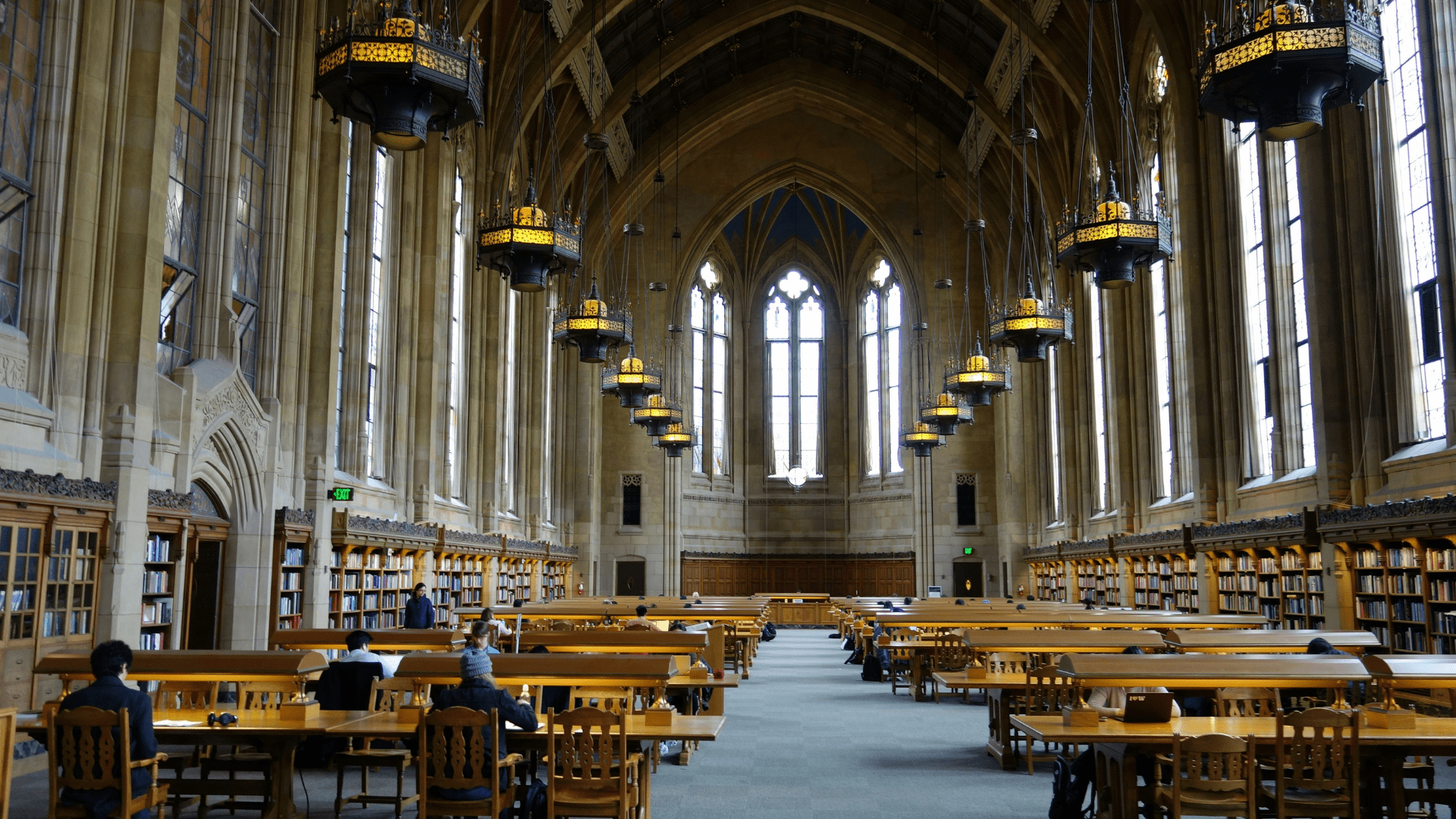
Notre Dame College, with 1,444 students (according to federal data) in the 2021-22 academic year, faced the harsh reality of declining enrollment exacerbated by broader demographic shifts and the disruptive impact of the ongoing pandemic.
Founded in 1922 as a women’s college, NDC transitioned to a coeducational institution in 2001. The closure of Notre Dame College represents a familiar narrative in 2023, echoing the challenges faced by small private liberal arts colleges grappling with budget deficits and demographic shifts that diminish the pool of prospective students.
Expert Says Small College Closures Due to Difficult Enrollment Timeframes

Rachel Burns, a senior policy analyst at SHEEO, emphasizes that the closures are not indicative of corruption or financial mismanagement but rather a consequence of the inability to rebound enrollment.
The harsh reality is that these institutions, facing downward enrollment trends, have a limited timeframe to respond, and the pandemic has expedited the timeline, leaving fewer opportunities for recovery.
14 Nonprofit Colleges Announced Closures in 2023

The closure of Notre Dame College is part of a broader trend, with at least 14 nonprofit colleges announcing closures in 2023. The challenges extend beyond Ohio, with New York and Wisconsin witnessing multiple closures.
While some institutions technically remain open, staff layoffs and suspended classes paint a dire picture. Notable closures include Finlandia University in Michigan, Iowa Wesleyan University, and Medaille University in New York, each succumbing to enrollment challenges, financial pressures, or failed acquisition attempts.
Rider University’s Financial Struggles
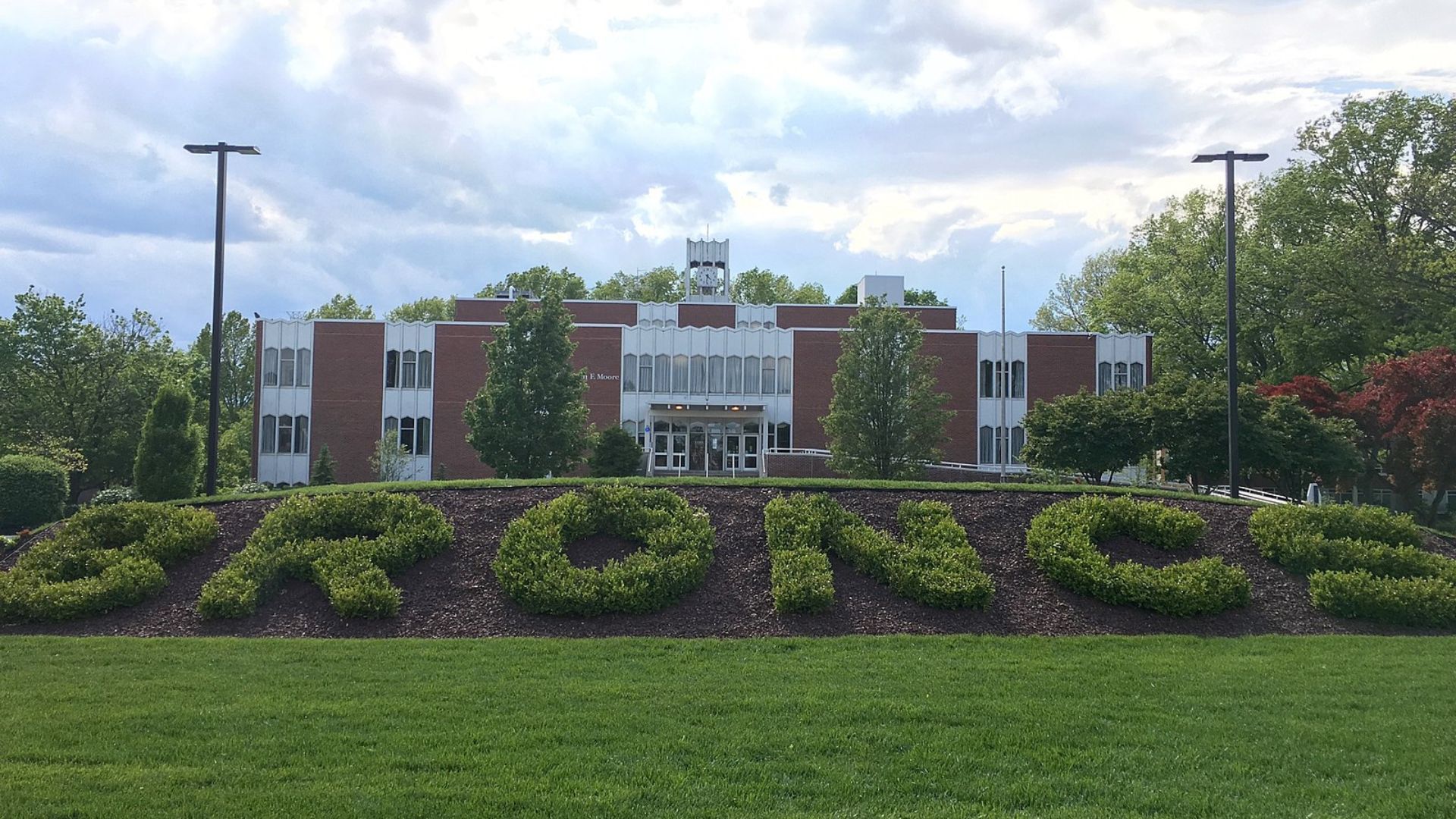
Rider University in New Jersey, an educational institution with a 158-year history, is also facing significant financial challenges.
The university’s president, Gregory Dell’Omo, is actively seeking solutions, having laid off staff and cut programs. Despite these efforts, the school’s financial situation remains precarious, evidenced by its declining credit rating and reduced student population. Dell’Omo remains cautiously hopeful, citing a small uptick in enrollment but acknowledges the broader economic challenges impacting small colleges.
Widespread Stress Among Small Colleges

The economic difficulties facing Rider University are part of a larger trend among small U.S. colleges. Recent analysis by Bloomberg, indicates that about 170 small institutions are showing signs of financial stress.
This trend is a significant increase compared to previous years and highlights the growing pressures on smaller educational institutions, which are grappling with demographic shifts and competitive challenges.
COVID-19’s Impact on Higher Education

The COVID-19 pandemic has exacerbated existing issues within higher education, causing many students to pause their academic pursuits.
This disruption came at a time when small colleges were already facing challenges. The pandemic’s impact is part of a broader trend of declining enrollment and financial stability, which began before the global health crisis and is expected to persist.
The Challenge of Demographic Changes
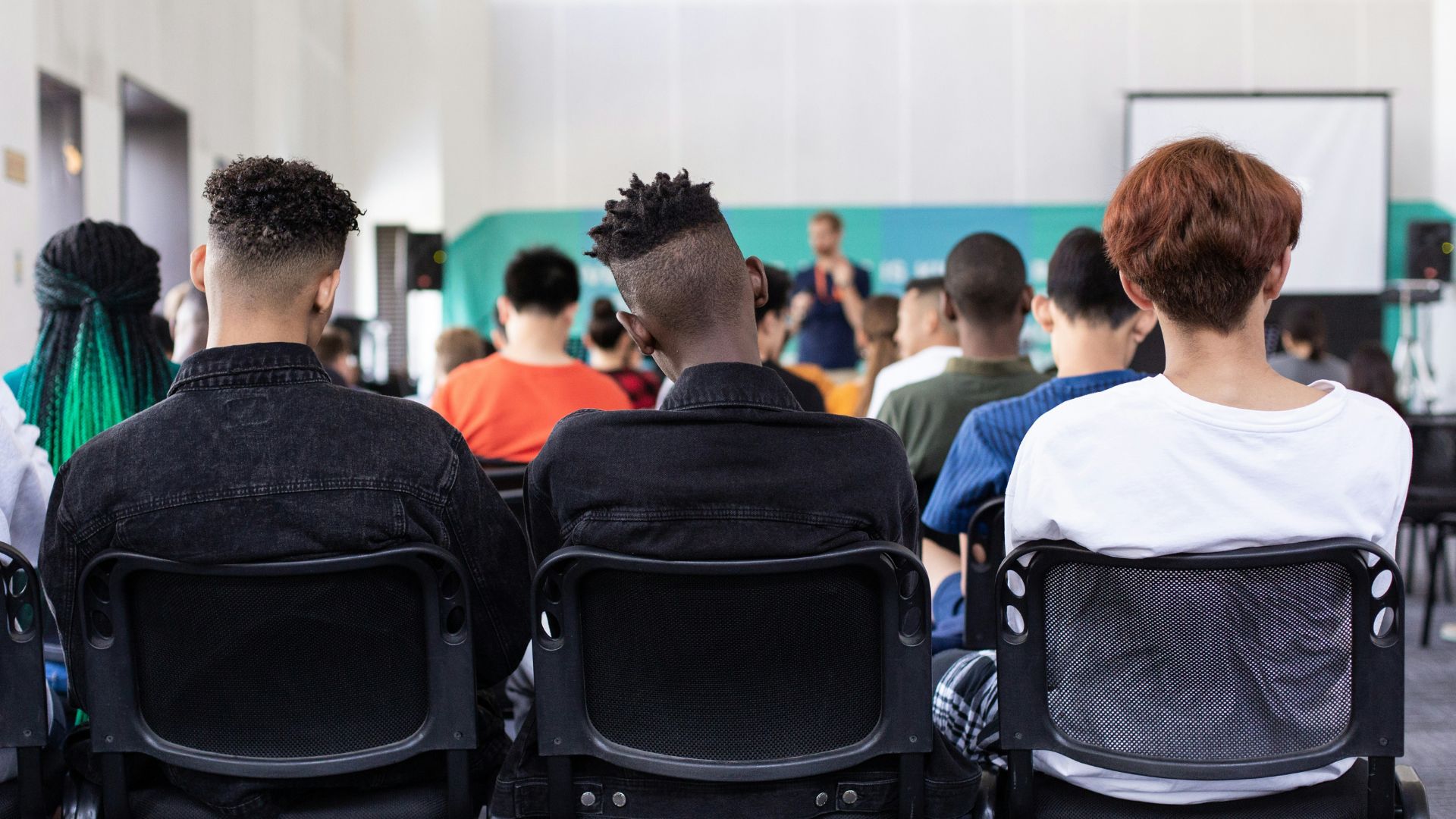
Demographic shifts are at the core of the challenges faced by small colleges. A decline in the number of high school graduates is reducing the pool of potential college students.
This demographic trend is forcing institutions to rethink their economic models and strategies for attracting and retaining students, as the traditional college-age population diminishes.
Institutions Respond to Enrollment Pressures
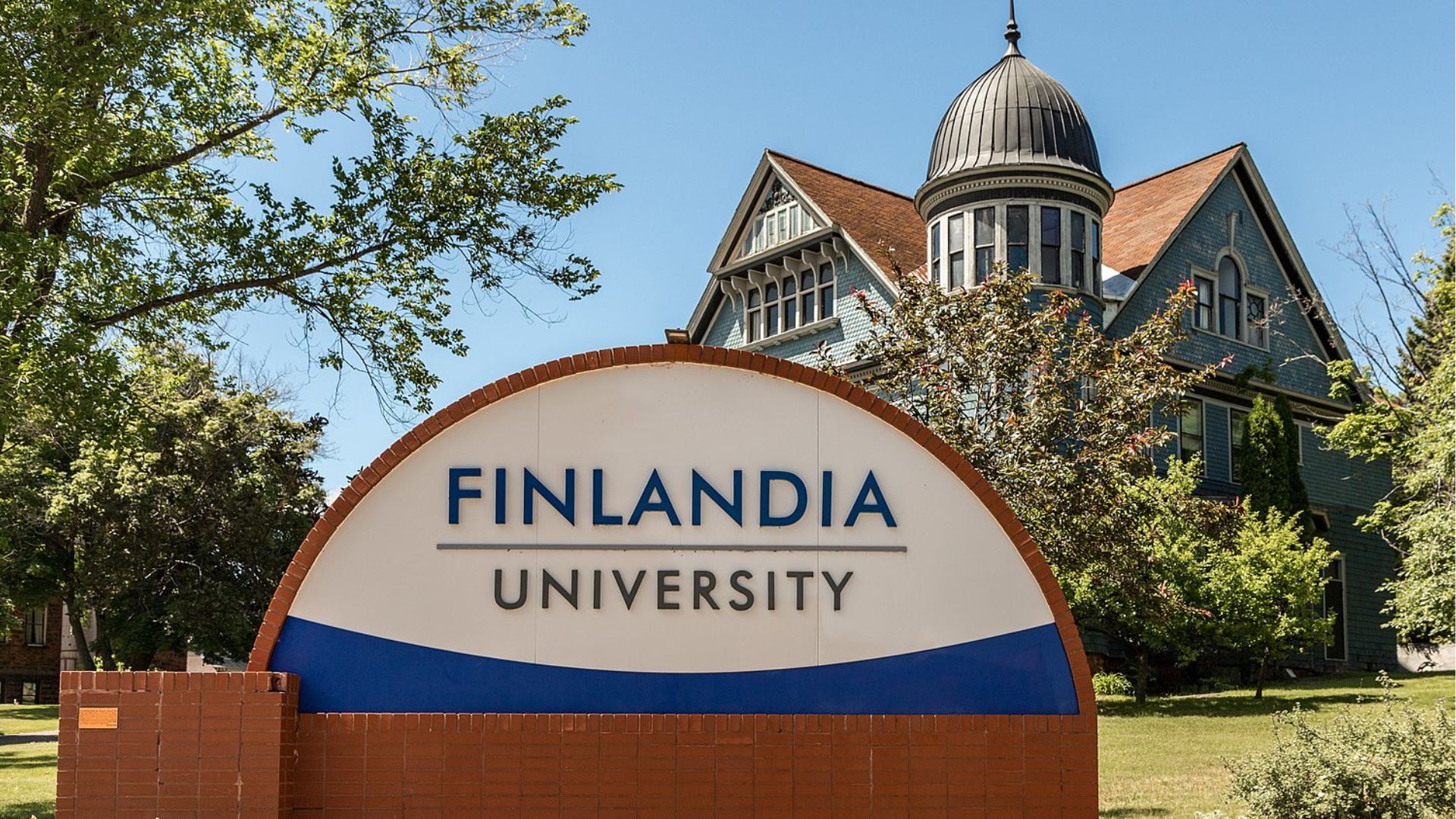
Colleges are responding to these challenges in various ways, with some questioning the accuracy of the gloomy forecasts.
Despite some improvements since 2021, the long-term outlook remains concerning. Educational institutions continue to navigate a landscape marked by fluctuating enrollment numbers and financial pressures, indicative of deeper systemic issues in the sector.
Economic Implications of College Closures
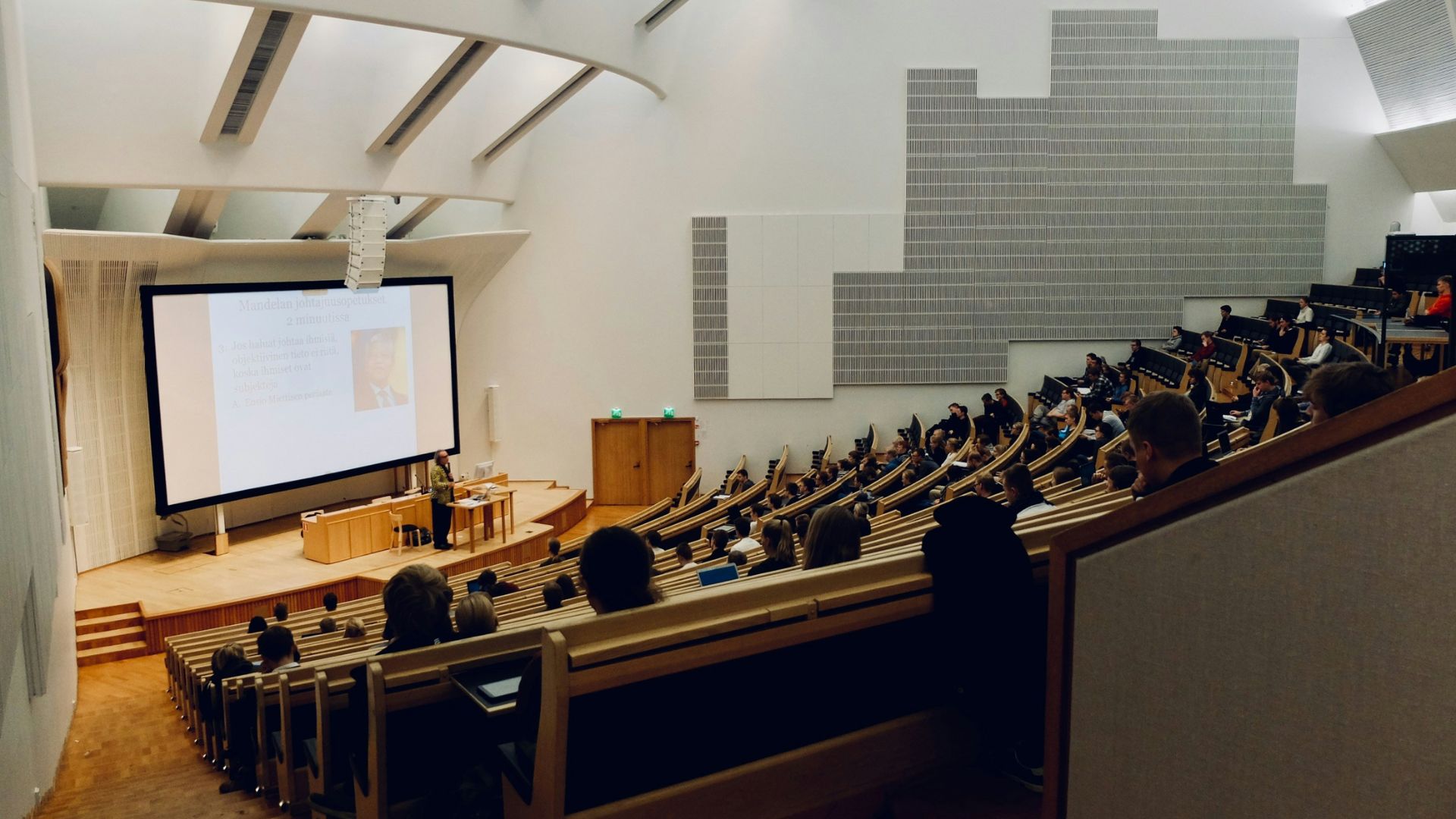
The potential closure of small colleges has wide-reaching economic implications. It affects not only students and faculty but also local economies and the financial markets.
The higher education sector’s stability is crucial, given its role in local economies and its connection to the municipal bond market, where significant amounts of education-related debt are held.
US Birth Rates and College Enrollment

The declining US birth rate is a key factor in the reduced number of college-bound students.
Since the financial crisis, birth rates have dropped, leading to fewer high school graduates and, consequently, fewer college applicants.
Financial Aid and Institutional Challenges

To remain competitive, some colleges are increasing financial aid to attract students, which in turn affects their financial health.
The rise in institutional aid is a strategy to boost enrollment but also presents challenges in maintaining financial stability. Colleges must balance the need to attract students with the imperative to manage their budgets effectively.
Historical Context of Educational Institutions

While higher education has faced challenges before, the current situation appears particularly daunting.
Past cycles of growth and contraction offer some historical perspective, yet today’s challenges are compounded by broader shifts in the value and perception of a college education, alongside economic and demographic trends.
The Shifting Value of a College Degree

The increasing cost of attending college and the changing economic benefits of a degree are impacting perceptions of higher education.
The public’s confidence in the value of a college education is declining, reflecting concerns over costs, student debt, and the return on investment in terms of career opportunities and earnings.
Colleges Striving for Adaptation and Relevance
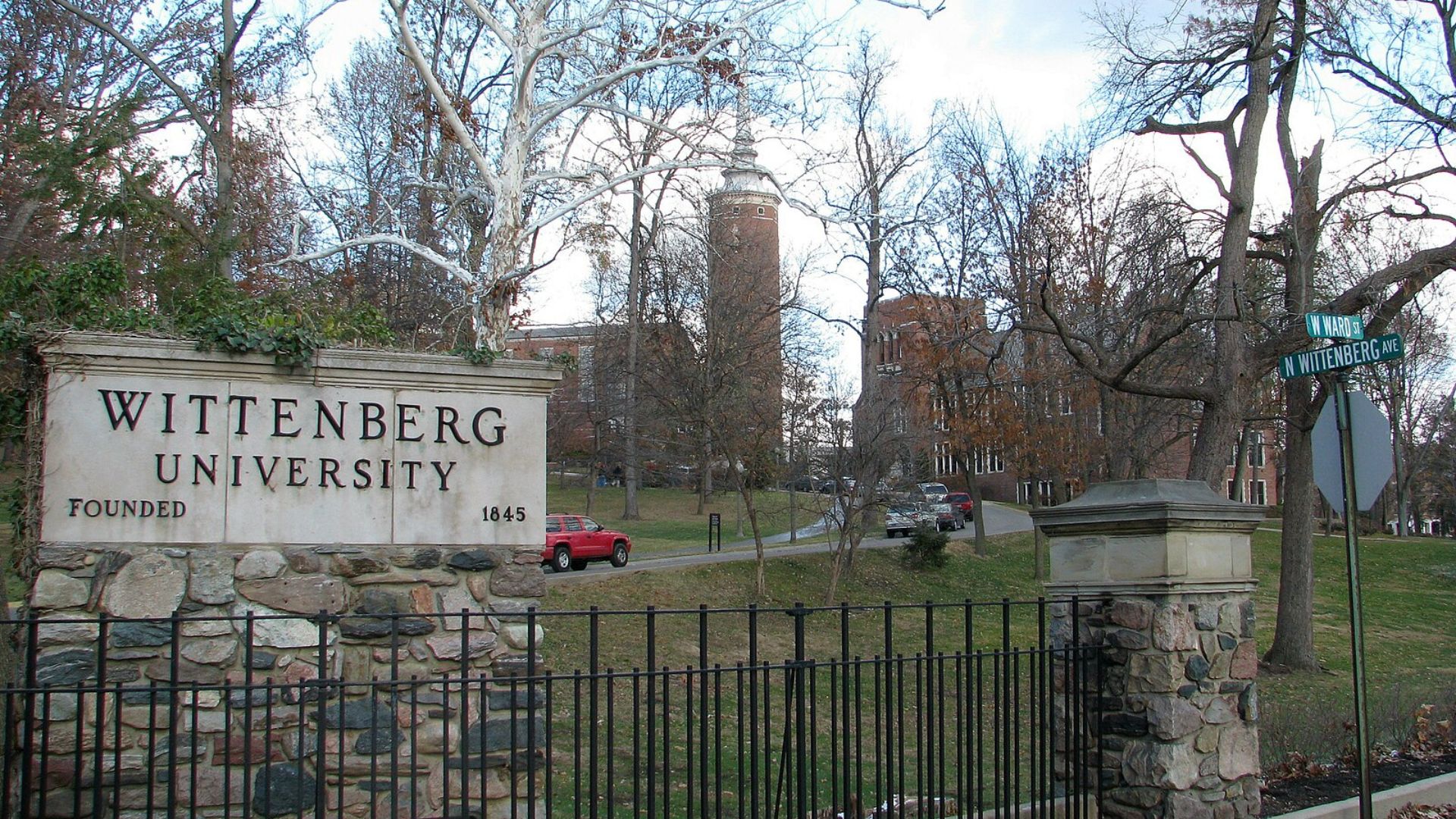
Institutions like Wittenberg University are making concerted efforts to adapt to these changing circumstances.
By investing in areas such as career development and experiential learning, they aim to enhance their appeal and relevance to a broader range of students, including non-traditional demographics, in an effort to stabilize and grow enrollment.
Closures the Consequence of Rapidly Changing Educational Landscape

The University of Wisconsin–Platteville Richland’s closure and the strategic move by Multnomah University in Oregon to avoid closure by merging with Jessup University further highlight the diverse strategies institutions employ to navigate the evolving landscape of higher education.
The closures signify more than the end of educational institutions; they symbolize the erasure of centuries of service in higher education. These closures are not isolated incidents of financial mismanagement but rather the consequence of a rapidly changing educational landscape, amplified by external factors such as demographic shifts and the economic impacts of the pandemic.
Institutions Pressured to Reinvent Themselves

As Notre Dame College faces its final days, it joins the ranks of institutions grappling with the formidable challenge of reinventing themselves or succumbing to the inevitable.
The higher education sector is undergoing a profound transformation, necessitating strategic adaptation and innovative approaches to navigate the complexities of today’s educational environment.
Examples of Liberal Arts Colleges Reinventing Themselves

As noted, for small liberal arts colleges to survive, they need to adapt to evolving economy and workforce demands. Middlebury College in Vermont is one such school, which initiated the midd.data initiative, incorporating data science and digital methods into curricula across majors.
DePauw University received a historic $200 million donation, supporting its strategic plan, including academic renewal. Renaming its liberal arts college to the College of Liberal Arts and Science, DePauw aims to prepare students for current and future job markets, acknowledging the evolving landscape of education and employment.
A Case for Humanities Incorporation into STEM Education

In the competitive 21st-century job market, students are often dedicated to acquiring essential hard skills for their chosen fields. However, a study by Wonderlic, a talent connection company, reveals that 93% of employers prioritize soft skills on resumes. Many students lack awareness of the significance of soft skills and how to develop them effectively.
STEM students may gain a crucial advantage in mastering soft skills through lessons in the humanities and social sciences. The National Academies of Sciences, Engineering, and Medicine reported increased soft skills competencies in students whose medical education incorporated humanities and arts components.
A Critical Juncture for Higher Education in America

The closure of Notre Dame College serves as a representation of the broader challenges facing higher education institutions in the current climate.
The financial strains, demographic shifts, and pandemic-induced disruptions help us all see the need for institutions to proactively address these challenges, explore innovative solutions, and adapt to ensure their continued relevance and viability. The story of Notre Dame College is a reflection of a larger narrative unfolding across the nation, signaling a critical juncture for higher education that demands careful consideration and strategic planning.
The Future Outlook for Small Colleges
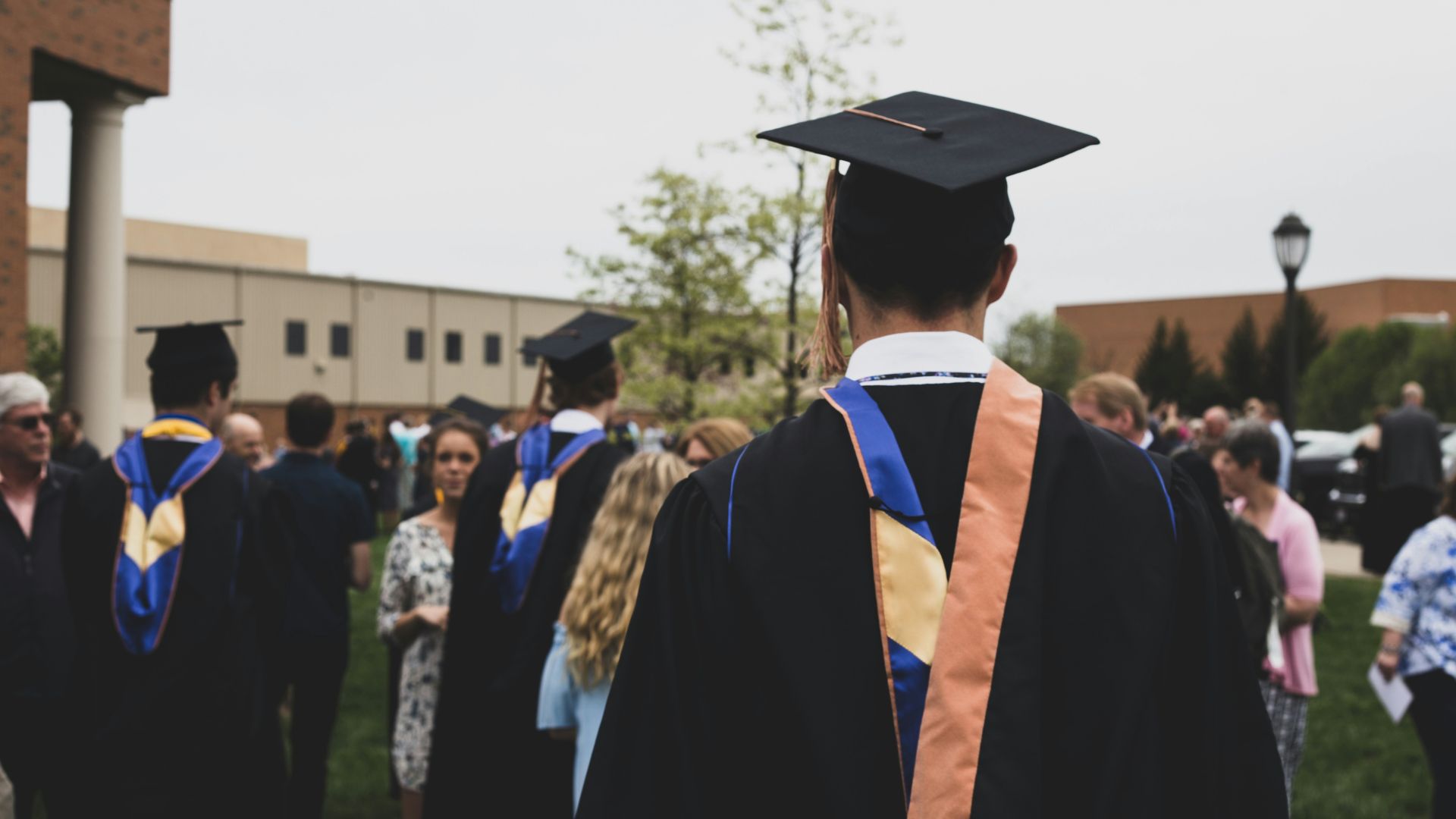
The future of small colleges is fraught with uncertainty, with many facing the prospect of consolidation or closure.
The key question for these institutions is how they will adapt to a landscape marked by fewer traditional college-age students and increased competition. The strategies they adopt will determine their ability to thrive in an evolving higher education sector.
